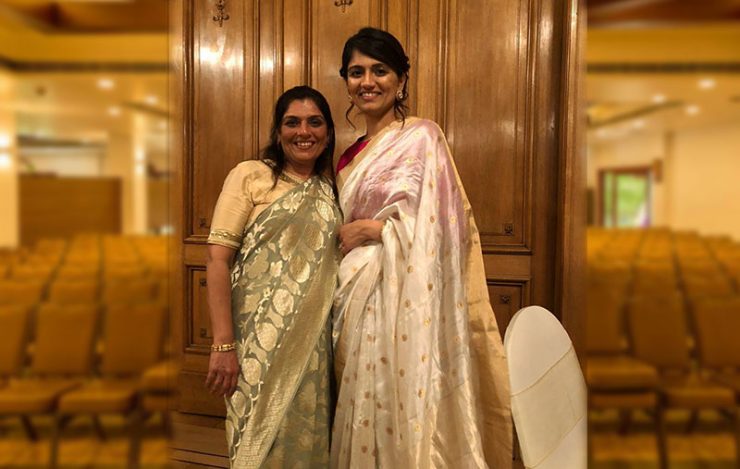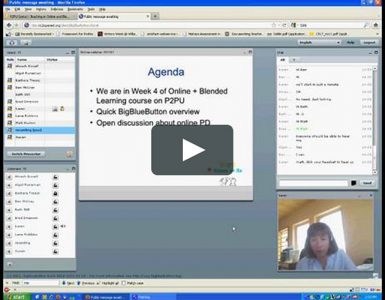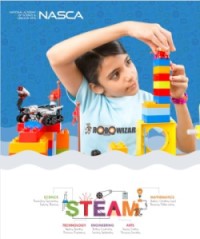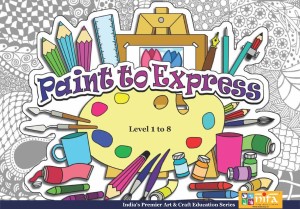Mumbai-based Sangeeta Kapadia’s daughter, Kritika, graduated from Rishi Valley
When my daughter passed her 10th in JB Petit, Mumbai, my husband and I decided to put her in Rishi Valley in Chitoor, Andhra Pradesh to study her 11th and 12th. It was my dream that my children study in alternative education.
Initially, it was tough to adjust because the entire atmosphere, approach, environment, and attitude in Rishi Valley is very simple and very earthy, unlike in Mumbai where it is totally different.
However, the children are exceptionally intelligent and intellectual. They are self-made, calm and very disciplined. There are no extra tuitions as there is in Mumbai. So, if a child is weak in a subject (my daughter felt it largely in Hindi), she had to find her way to study the subject well.
However, once she acclimatized herself, she loved the experience. She loves working for the environment and Rishi Valley really facilitated that for her. After her 12th, she became an environmentalist.
Parents must remember that these schools facilitate self-learning, and it does take some time to adjust. But once they get into the groove, they love the experience and learning they get there. They become capable in many ways than students who go to regular schools.
It’s not enough to simply put your children in alternative education; it also demands that parents be equally involved. Only then will your child become successful.
Senior journalist Smriti Koppikar, based in Mumbai, had admitted her daughter Ananya, in Tridha, which was the first Waldorf school to be started in Mumbai
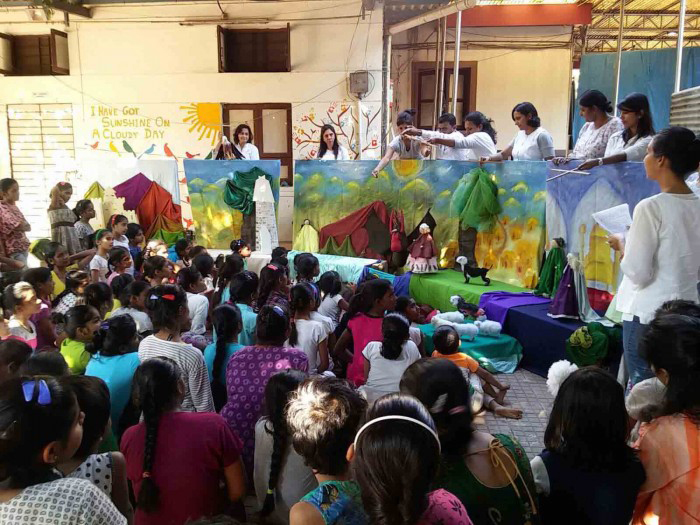
My daughter studied in Tridha from kindergarten to 12th grade. When my husband and I decided to opt for alternative education for her back in 2003, we chose the Waldorf method because we wanted something more inclusive and holistic. The conventional schools weren’t offering that. We zeroed in on Tridha at Andheri, Mumbai, and opted for it purely for the passion we shared towards educating our children the alternative way.
What was different about Tridha was that it was parent-run; while the trustees were Waldorf-trained, they laid down certain parameters within which parents could be involved in various aspects of the school.
Tridha started in a garage and later shifted to a municipal school. Those were testing days but we were pushing the envelope simply because we liked the pedagogy and we as parents were in a position to monitor and influence it.
Initially, Tridha wasn’t affiliated to any board; CBSC refused to align with it. Till my daughter reached the 2nd or 3rd grade, the school didn’t have any affiliation. It was only later that the school aligned with the Cambridge Board, and we wholeheartedly decided to continue with the school because we felt it was doing many things right.
The Waldorf system stresses on giving the child an overall experience and insisting that academics is not the only thing. I remember my daughter was not taught writing or reading or basic mathematics till she was six or seven. The flipside was that my daughter’s friends – who used to go to conventional schools – were able to solve maths problems at that age whereas my daughter would find it difficult. She did get a complex than, and I used to comfort her saying she was able to do many more things than mere academics – something that her friends may not have been exposed to.
As I remember, hiking, swimming, staging entire plays, even going to Ladakh used to be part of the learning process at Tridha. By the 8th grade, the Waldorf system gets assimilated with the convention system so that by the 10th grade, they are well-versed with what is required as part of the established pedagogy.
Initially, the children may or may not realize the value of the alternative education they receive. It sinks in only when they touch 18 or 20 years of age. Also, the notion that children with alternative education are unable to get into competitive professions like medicine and engineering, is not correct. They do well, and many of them are in prestigious universities across the world pursuing varied careers.
If a parent wishes to switch from a conventional education system to an alternative one, he/she first needs to ascertain why they wish to do so. Is it just for the snob value or do they value the kind of education it offers? Also, many parents think of shifting their children to an alternative system midway. It doesn’t make sense to shift in the 7th or 8th grade because the child will find it tough to assimilate into the Waldorf system out of the blue. Just as the conventional system places a demand on the child, the Waldorf system also places its own sets of demands. Students who have grown with the Waldorf system will find it easier to meet those demands; newer entrants may not.
The alternative system of education is good provided the parents are willing to wholeheartedly participate in the child’s growth. They have to ensure seamlessness between what is taught in the school and what the child experiences at home. The messaging should be the same. Only then will the child truly benefit.

